ISOPROCARB
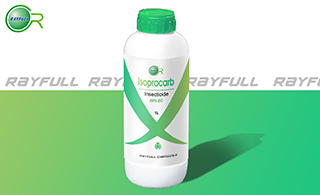 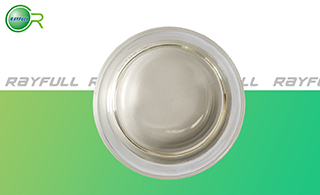 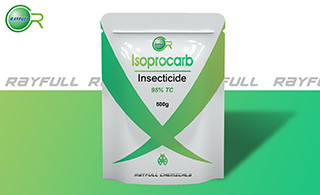 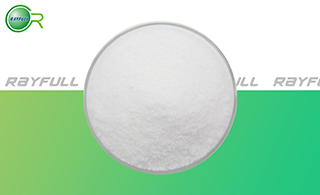 异丙威(MIPC) 异丙威(MIPC)
Introduction: Isoprocarb (MIPC) is a highly active, quickly knock-down effective and short-period residual insecticide with contact action. It is especially effective to control rice leafhoppers, rice fulgorids, cotton leafhoppers etc, with strong contact action, It is also active against pests of fruit and vegetable as well as cotton aphids, cotton pink bollworms, ted spiders, beet flea beetles, and can kill the paddy leaches in certain extent.
Common name: Isoprocarb
Another name: Etrofolan, Mipcin, 2-Isopropylphenyl methylcarbamate, Mipcine, Hytox, 2-Isopropylphenyl N-methylcarbamate, o-Cumenyl methylcarbamate, Mipsin, MIPC, Isoprocarbe, PPC 3, Isopropylphenol methylcarbamate, Etrolan, Cumenyl N-methylcarbamate
Chemical name: o-cumenyl methylcarbamate
Empirical formula: C11H15NO2
Structural formula:
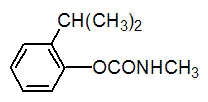
Mol. Weight: 193.24 g/mol
CAS No.: 2631-40-5
Specifications
Leading Isoprocarb supplier
Isoprocarb 200 g/L EC
Isoprocarb 95% TC
Packing:
BULK PACKING
Solid: 25KG/Bag, 25KG/Drum, 50KG/Drum etc.
Liquid: 200L/Drum, 20L/Drum, 10L/Drum ect.
SMALL PACKING
Solid: 1kg/Alu bag, 500g/Alu bag, 200g/Alu bag, 100g/Alu bag, 50g/Alu bag, 15g/Alu bag etc.
Liquid: 5L/Drum, 1L/Bottle, 500ml/Bottle, 250ml/Bottle, 100ml/Bottle, 50ml/Bottle etc.
Customerized Packing label
Professional registration
HAZARDS IDENTIFICATION
Hazard statement(s)
H301: Toxic if swallowed.
H320: Causes eye irritation.
H370: Causes damage to organs.
H371: May cause damage to organs.
H372: Causes damage to organs through prolonged or repeated exposure.
H373: Causes damage to organs through prolonged or repeated exposure.
H400: Very toxic to aquatic life.
H410: Very toxic to aquatic life with long lasting effects.
Precautionary statement(s)
P260: Do not breathe dust/fume/gas/mist/vapors/spray.
P264: Wash ... thoroughly after handling.
P270: Do not eat, drink or smoke when using this product.
P273: Avoid release to the environment.
P301+P310: IF SWALLOWED: Immediately call a POISON CENTER/doctor/...
P305+P351+P338: IF IN EYES: Rinse cautiously with water for several minutes. Remove contact lenses if present and easy to do - continue rinsing.
P307+P311: IF exposed: call a POISON CENTER or doctor/physician.
P309+P311: IF exposed or if you feel unwell: call a POISON CENTER or doctor/physician.
P314: Get medical advice/attention if you feel unwell.
P321: Specific treatment (see ... on this label).
P330: Rinse mouth.
P337+P313: IF eye irritation persists: Get medical advice/attention.
P391: Collect spillage.
P405: Store locked up.
P501: Dispose of contents/container to ...
Supplemental Hazard Statements: none
MAMMALIAN TOXICOLOGY
Acute toxicity: 1) Acute oral LD50 for rat: 403 a.i.mg/kg. 2) Acute dermal LD50 for rat: >2000 a.i.mg/kg. 3) Inhalation LC50 (4 h) for rat: 2.09 a.i. mg/L. 4) Slightly irritating to eyes (rabbit) 5) Slightly irritating to skin (rabbit). 6) Not a skin sensitiser (guinea pigs). NOEL (90 d) for rats is 300, dogs is 500 mg/kg diet.
Classification:
Toxicity class WHO (a.i.): II (Moderately hazardous)
US EPA Classification (formulation): II (Warning - Moderately toxic)
EC Risk Classification: Xn - Harmful: R22; N - Dangerous for the environment: R50, R53
ECOTOXICOLOGY
Effect on fish: moderate toxicity to fish, acute 96 hour LC50 for carp is 22 a.i.mg/L. Effect on aquatic invertebrates: high toxicity to aquatic invertebrates, acute 48 hour EC50 for Daphnia magna is 0.024 a.i.mg/L. Effect on algae: low toxicity to algae, acute 72 hour EC50 for Pseudokirchneriella subcapitata is 21 a.i.mg/L. Effect on honeybees: moderate toxicity to honeybees, contact acute 48 hour LD50 is >2.0 a.i.μg/bee.
ENVIRONMENTAL FATE
EHC 64 (WHO, 1986; a review of carbamate insecticides in general). Animals Metabolites are 2-isopropylphenol and 2-(1-hydroxy-1-methylethyl)-phenyl N-methylcarbamate. Metabolism of carbamate insecticides is reviewed (M. Cool & C. K. Jankowski in "Insecticides"). Plants As for animals. Soil/Environment DT50 3-20 d under paddy conditions. Low mobility.
Usage: Insecticide reported (Jpn. Pestic. Inf., 1969, No. 1, p. 22). Introduced by Bayer AG and Mitsubishi Chemical Industries Ltd (now Mitsubishi Chemical Corp., who sold their agrochemical business to Nihon Nohyaku Co., Ltd in 2002). Registered in Japan in 1967. Manufacturers: Hunan Linxiang; Jin Hung; Kuo Ching; Planters Products; Sinon; Taiwan Tainan Giant.
Application: Biochemistry Cholinesterase inhibitor. Mode of action Insecticide with contact and stomach action. Fast-acting with moderately long residual activity. Uses Control of leafhoppers (at 900-1200 g/ha), planthoppers, aphids, capsids, bugs, etc., on rice, cocoa, sugar cane, vegetables and other crops.
| 






